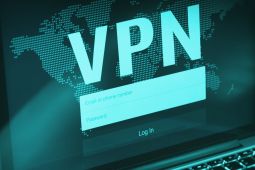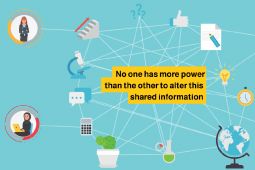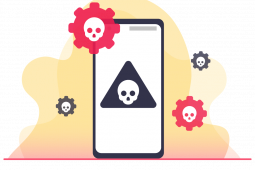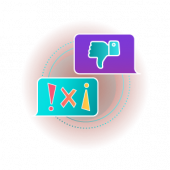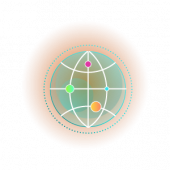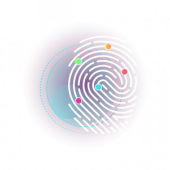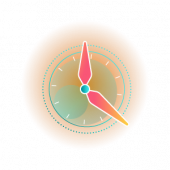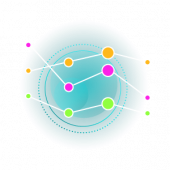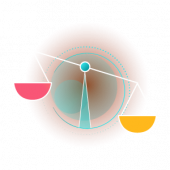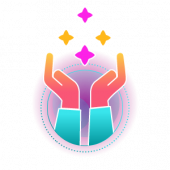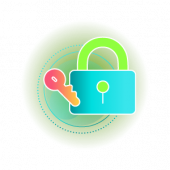What should I know before creating online content?
Protecting Students From the Dark Web

The Web is often compared to an iceberg floating on the ocean with its smallest part protruding out of the water, which constitutes only 4% of the whole internet and which we heavily rely on in our day-to-day activities.
However, when we dive in, we will find the interned divided into two webs where each one accounts for 48% of the whole internet network. One of these webs is called the dark web and it consists of websites that are not indexed by the search engines but can be accessed using other web browsers.
What is the dark web?
It is the WWW content made up of inaccessible websites and platforms that are not indexed by conventional search engines. They need special software and settings to access them, such as the Tor web browser, which keeps the user’s identity and location anonymous.
It constitutes a sizeable part of the internet, allowing people to anonymously create websites and share information while staying anonymous and without share the creator’s location.
On the other hand, it is a hub where any kind of illegal activities can take place including, among others, black markets that provide illegal services such as selling stolen credit cards, fake passports, IDs, and hacked data.
Are my students accessing the dark web?
In general, the dark web is a little attractive for young students. There are no social media platforms, no friends, and no good photos to share. However, what makes the dark web a dangerous place is that it has lots of aspects that can make teenage students curious about it, especially since these teenagers naturally love to learn and nose around. So, it is normal for some of them to try to explore this mysterious world. They could be tempted by the video games, music, movies and dangerous materials that can get them into serious trouble, as they might end up accessing dangerous and suspicious websites.
How do I know if my students have visited the dark web?
One way is to know if any of your students are using the Tor browser that is used to access the dark web, is by asking the student’s parents to check their children’s devices whether through parental controls or by checking them manually. In case the parents find the Tor browser, they should delete it and should explain to their children the dangers of the dark web, and also instruct the parents to ask their children about which search engines they usually use.
Another way is to address the issue directly with your student through friendly conversations and questions-asking. As an educator, you need sometimes to watch your students’ online activity, and ask them about it, whenever they show any negative behavior. For example, you can ask them about the websites they have visited, and how they have accessed them. It is also important to involve parents in this process.
Third, you can know if your students are browsing the dark web by showing interest in the topics they discuss in the classroom and having a look at their posts on social media. When students are exposed to dangerous content, this is often translated in their behavior and their discussions beyond the school subjects, and perhaps in their aggressive reactions to something that is said or done.
How dangerous can the dark web be on the students?
The biggest risk of the dark web is anonymity. Any student can anonymously access a large number of websites, some of which can be extremely harmful as they might encourage self-harming behaviors or some platforms promote evil, etc., and the dark web offers a very high level of anonymity, so it is not possible to track the promoters and beneficiaries of these sites.
What also makes the dark web a dangerous place is the widespread of illegal activities and the ability to access illegitimate materials that are offered for sale and that if purchased, might put the student’s physical and mental health at risk. Moreover, students may be connected to criminals who look to exploit them and build a relationship that is too dangerous for young students to understand, and getting them in serious trouble.
Another threat of the dark web is the hacking of mobile devices. Some dark websites can infect your devices with malware, hack and damage your documents and information, hack and control your device’s camera, and more.
How can I protect my students from the dark web?
- Has any of your students installed the Tor browser on their device? First, have your student’s parent to uninstall the app. Then, in a clever way, ask the student about what the browser was used for because you want to get an honest answer, as the “search history” option is not available on Tor.
- Depression, distress, and personal issues, but not criminal intent, might be the reasons why the student browses the dark web. So, the first step is to help the student to overcome his personal and psychological issues, to prevent him from intentionally harming himself.
- Advise the parents to download a parental monitoring application, to watch their children’s online activities on their devices and mobile phones.
- More importantly, teach your students that the dark web is full of individuals with fake identities that cannot be trusted because of their evil intentions, and whoever deals with them might be subject to legal prosecution.
- Moreover, explain to them that anyone can have their bank accounts, social media accounts, and personal identifiable information that are saved on their mobiles, hacked and stolen, or become victims of blackmailing, threatening and defamation, not to mention the mental harm caused by the exposure to sites with dangerous contents or where inappropriate behaviors take place.
- Finally, you can provide support to your students, because when they have an adult that they can trust and turn to whenever they stumble upon any content that makes them feel disturbed or uncomfortable when browsing the internet, this will keep them safe from any attempt to getting trapped in this dark web. So, make sure that your students turn to you and be ready to give them the necessary support.
@2x.png)



